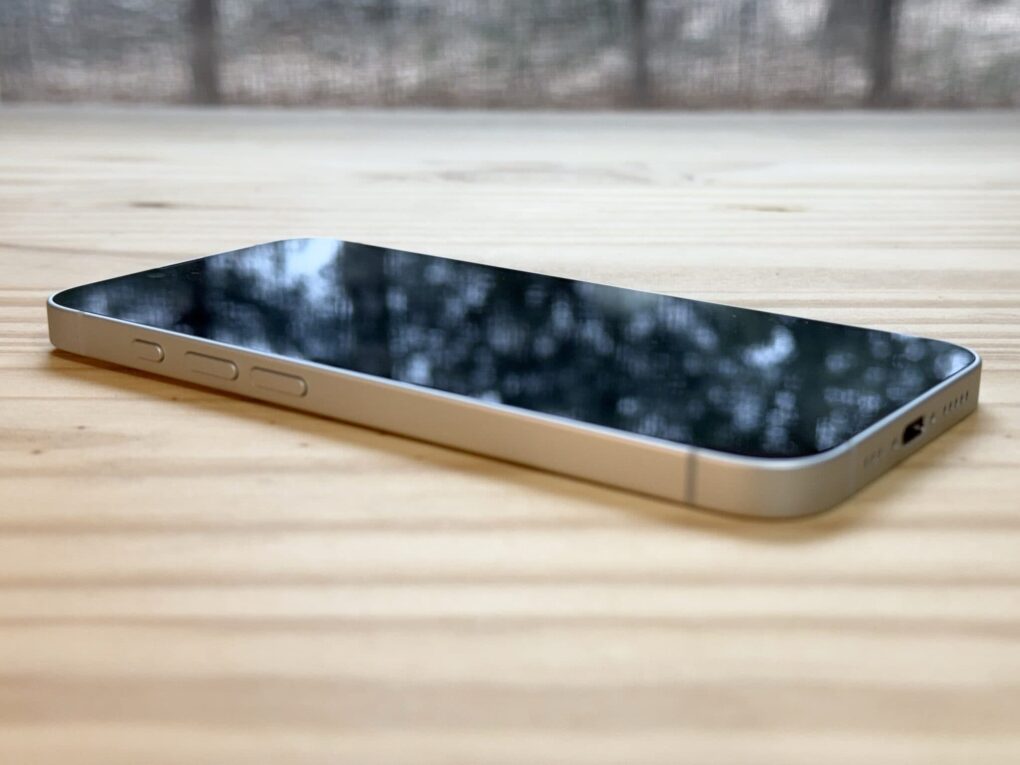Apple’s recent decision to replace the iPhone SE with the more premium iPhone 16e marks a shift in the company’s approach to the budget smartphone market — and it might be a big risk, according to new research. The new iPhone 16e, priced at $599, represents a pretty big jump from the iPhone SE’s $429 price point. And that raises questions about whether Apple’s strategy will pay off. Will iPhone SE owners buy iPhone 16e?
This post contains affiliate links. Cult of Mac may earn a commission when you use our links to buy items.
CIRP research: Will iPhone SE owners buy iPhone 16e?
Phone SE buyers have historically shown different purchasing behaviors compared to other iPhone customers, according to data from Consumer Intelligence Research Partners (CIRP). The research reveals that SE owners tend to prioritize affordability over premium features and are unlikely to upgrade to more expensive iPhone models. And that could, of course, include the higher-spec’d and well-reviewed iPhone 16e.
iPhone SE buyer profiles
The CIRP study identified several key characteristics of iPhone SE customers:
- 26% of iPhone SE buyers previously owned another iPhone SE, suggesting these customers prefer to stay within the budget-friendly segment.
- Only 3% of buyers of other iPhone models upgraded from an iPhone SE.
- 19% of iPhone SE buyers switched from Android devices (compared to 14% for other iPhone models)
- 9% were first-time smartphone owners (versus just 2% for other iPhone models).
- 45% previously owned a numbered iPhone model and effectively “traded down” to the SE.
These statistics paint a picture of a customer base that values affordability above all else. When iPhone SE owners needed to replace their devices, they typically opted for another budget-friendly option rather than upgrading to premium models.
The $599 dilemma
With the new iPhone 16e positioned as a mid-tier device rather than a true budget option, Apple is taking a significant risk. Current iPhone SE owners looking to upgrade now face a difficult choice. They can pay an additional $170 for the iPhone 16e or look elsewhere for a more affordable option. And that could include Android devices or refurbished iPhones.
While carrier deals might help offset the price increase, budget-conscious consumers who typically purchase SE models are less likely to use major carriers that offer such incentives, instead favoring more affordable plans from budget providers.
Market implications
By abandoning the sub-$500 smartphone market, Apple appears to be focused on maintaining higher profit margins rather than maximizing market share. This strategy could potentially leave a vacuum in the budget segment that competitors might eagerly fill.
The iPhone 16e does offer significant improvements over the SE, including modern design elements and enhanced features that align it more closely with the main iPhone lineup. However, the question remains whether these improvements will be enough to convince price-sensitive SE owners to spend substantially more on their next device.
Will iPhone SE owners buy iPhone 16e? Its future’s uncertain.
Apple's budget entry in the iPhone 16 lineup is the first device to use Apple's efficient C1 modem. It delivers long battery life and Face ID but skimps on key features, including MagSafe.
- High-end Apple design at a lower price point
- Apple C1 modem
- Longer battery life than other iPhone 16 models
- No MagSafe, Dynamic Island or Ultra Wideband chip
- Only two colors: black and white
It will take time to determine whether Apple’s gamble with the iPhone 16e pays off. The company may be betting that the improved features will justify the higher price point for enough consumers to make the strategy worthwhile.
What’s clear is that Apple has fundamentally changed its approach to the budget smartphone market. Rather than offering a stripped-down, affordable entry point to the iOS ecosystem, the company now expects its most price-conscious customers to step up to a more premium tier (or potentially leave the ecosystem altogether).
For millions of iPhone SE owners approaching their next upgrade cycle, this will be a test of their brand loyalty and willingness to absorb higher costs for Apple’s products.



